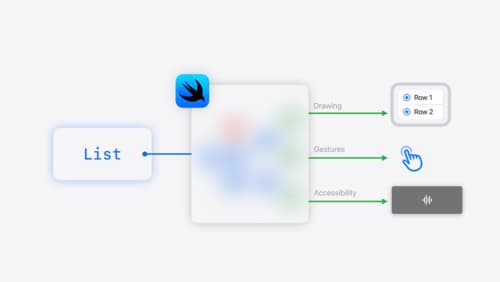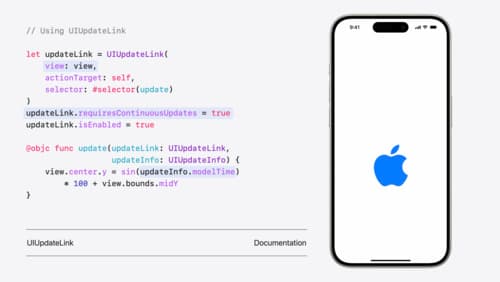Customize and Resize Sheets in UIKit
Asked on 2025-03-19
1 search
To customize and resize sheets in UIKit, you can refer to the session titled "What’s new in SwiftUI" from WWDC 2024. This session discusses how presentation sizing is now unified and simplified across platforms, allowing you to use the presentation sizing modifier to create perfectly sized sheets with form or page, or even use custom sizing. This feature is part of the broader updates to SwiftUI, but it also applies to UIKit, as both frameworks are increasingly integrated.
For more detailed information, you can check out the chapter on "Fresh apps: Presentation sizing" in the session What’s new in SwiftUI (02:22).

What’s new in AppKit
Discover the latest advances in Mac app development. Get an overview of the new features in macOS Sequoia, and how to adopt them in your app. Explore new ways to integrate your existing code with SwiftUI. Learn about the improvements made to numerous AppKit controls, like toolbars, menus, text input, and more.

SwiftUI essentials
Join us on a tour of SwiftUI, Apple’s declarative user interface framework. Learn essential concepts for building apps in SwiftUI, like views, state variables, and layout. Discover the breadth of APIs for building fully featured experiences and crafting unique custom components. Whether you’re brand new to SwiftUI or an experienced developer, you’ll learn how to take advantage of what SwiftUI has to offer when building great apps.

What’s new in UIKit
Explore everything new in UIKit, including tab and document launch experiences, transitions, and text and input changes. We’ll also discuss better-than-ever interoperability between UIKit and SwiftUI animations and gestures, as well as general improvements throughout UIKit.
